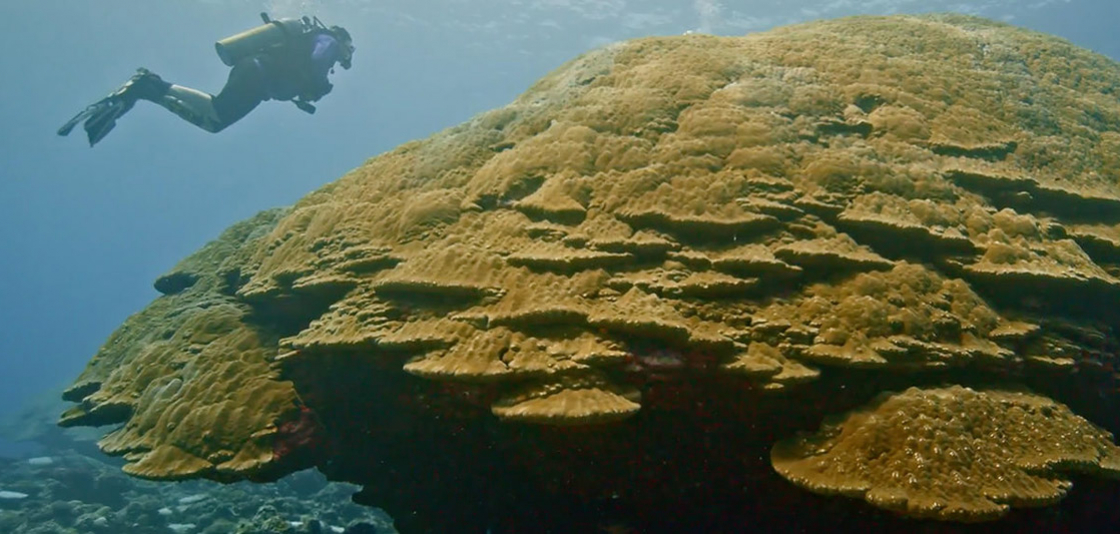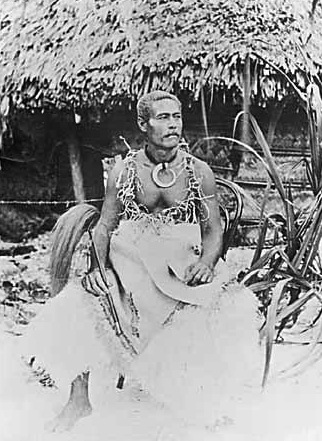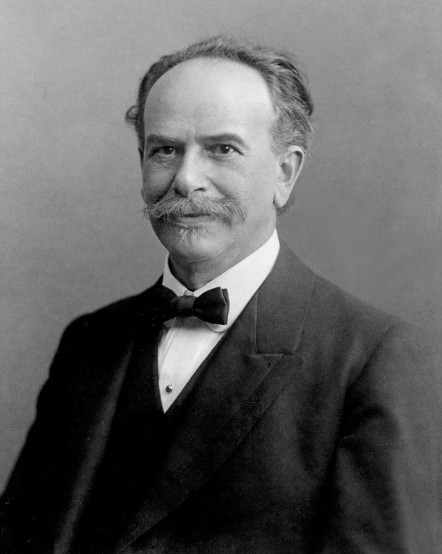|
Luma, American Samoa
Lumā is a village on the northwest coast of Taʻū Island in American Samoa, south of the village of Taʻū and north of Siʻufaga. The last Tui Manuʻa is buried in Lumā. It is also where anthropologist Margaret Mead researched and authored her classic ''Coming of Age in Samoa'' in 1925.Swaney, Deanna (1994). ''Samoa: Western & American Samoa''. Lonely Planet. Page 191. . Lumā and neighboring Siʻufaga are subvillages of the Village of Taʻū. The main settlement on Taʻū Island is based around the twin villages of Lumā and Siʻufaga. The Taʻū Motel is located near the small boat harbor in Lumā, known as Lumā Harbor. The harbor is mostly used by local fishing boats, and is not recommended for yachts.Stanley, David (1999). ''Tonga-Samoa''. Moon Handbooks. Pages 190-191. . Demographics Geography It is located in Taʻū County in the Manuʻa District on Taʻū. It is bounded by one side by the Pacific Ocean and a jungle hill known as Tunoa Ridge on the other. It mostly c ... [...More Info...] [...Related Items...] OR: [Wikipedia] [Google] [Baidu] |
Taʻū
Taʻū is the largest island in the Manuʻa Islands and the easternmost volcanic island of the Samoan Islands. Taū is part of American Samoa. In the early 19th century, the island was sometimes called ''Opoun''. Taū is well known as the site where the American anthropologist Margaret Mead conducted her dissertation research in Samoa in the 1920s, after which she published her findings in a work titled ''Coming of Age in Samoa''. Ta’u also has the highest mountain in American Samoa, Mount Lata, as well as of National Park of American Samoa, National Park lands, and of waters separated by some of the tallest sea cliffs in the world. On the western coast of Taū are the conterminous villages of Luma, American Samoa, Lumā and Siufaga, usually referred to jointly as Taū village. The village of Taū has been named the capital of the Manuʻa Islands. Fitiuta, American Samoa, Fitiuta is another Taū village, located on the northeast side of the island. Geography The island is t ... [...More Info...] [...Related Items...] OR: [Wikipedia] [Google] [Baidu] |
American Samoa
American Samoa ( sm, Amerika Sāmoa, ; also ' or ') is an unincorporated territory of the United States located in the South Pacific Ocean, southeast of the island country of Samoa. Its location is centered on . It is east of the International Date Line, while Samoa is west of the Line. The total land area is , slightly more than Washington, D.C. American Samoa is the southernmost territory of the United States and one of two U.S. territories south of the Equator, along with the uninhabited Jarvis Island. Tuna products are the main exports, and the main trading partner is the rest of the United States. American Samoa consists of five main islands and two coral atolls. The largest and most populous island is Tutuila, with the Manuʻa Islands, Rose Atoll and Swains Island also included in the territory. All islands except for Swains Island are part of the Samoan Islands, west of the Cook Islands, north of Tonga, and some south of Tokelau. To the west are the islands of the Wall ... [...More Info...] [...Related Items...] OR: [Wikipedia] [Google] [Baidu] |
Tui Manu'a
The title Tui Manuʻa was the title of the ruler or paramount chief of the Manuʻa Islands in present-day American Samoa. The Tuʻi Manuʻa Confederacy, or Samoan Empire, are descriptions sometimes given to Samoan expansionism and projected hegemony in Oceania which began with the founding of the Tui Manu'a Title, Traditional oral literature of Samoa and Manu'a talks of a widespread Polynesian network or confederacy (or "empire") History The Tui Manu'a is the oldest title in Ancient Samoa. According to Samoan and Tongan oral histories, the first Tui Manu'a was a direct descendant of the Samoan supreme god, Tagaloa. In Samoan lore, the islands of Manu'a (Ofu, Olosega, and Ta'u) are always the first lands to be created or drawn from the sea; consequently the Tui Manu'a is the first human ruler mentioned. This "senior" ranking of the Tui Manu'a title continues to be esteemed and acknowledged by Samoans despite the fact that the title itself has not been occupied since the A ... [...More Info...] [...Related Items...] OR: [Wikipedia] [Google] [Baidu] |
Margaret Mead
Margaret Mead (December 16, 1901 – November 15, 1978) was an American cultural anthropologist who featured frequently as an author and speaker in the mass media during the 1960s and the 1970s. She earned her bachelor's degree at Barnard College of Columbia University and her M.A. and Ph.D. degrees from Columbia. Mead served as president of the American Association for the Advancement of Science in 1975. Mead was a communicator of anthropology in modern American and Western culture and was often controversial as an academic. Her reports detailing the attitudes towards sex in South Pacific and Southeast Asian traditional cultures influenced the 1960s sexual revolution. She was a proponent of broadening sexual conventions within the context of Western cultural traditions. Birth, early family life, and education Margaret Mead, the first of five children, was born in Philadelphia but raised in nearby Doylestown, Pennsylvania. Her father, Edward Sherwood Mead, was a professor of ... [...More Info...] [...Related Items...] OR: [Wikipedia] [Google] [Baidu] |
Coming Of Age In Samoa
''Coming of Age in Samoa: A Psychological Study of Primitive Youth for Western Civilisation'' is a 1928 book by American Anthropology, anthropologist Margaret Mead based upon her research and study of youth – primarily adolescent girls – on the island of Taʻū in the Samoan Islands. The book details the sexual life of teenagers in Samoan society in the early 20th century, and theorizes that culture has a leading influence on psychosexual development. First published in 1928, the book launched Mead as a pioneering researcher and as the most famous anthropologist in the world. Since its first publication, ''Coming of Age in Samoa'' was the most widely read book in the field of anthropology until Napoleon Chagnon's ''Yanomamö: The Fierce People'' overtook it. The book has sparked years of ongoing and intense debate and controversy on questions pertaining to society, culture, and science. It is a key text in the nature versus nurture debate, as well as in discussions on issues ... [...More Info...] [...Related Items...] OR: [Wikipedia] [Google] [Baidu] |
2010 United States Census
The United States census of 2010 was the twenty-third United States national census. National Census Day, the reference day used for the census, was April 1, 2010. The census was taken via mail-in citizen self-reporting, with enumerators serving to spot-check randomly selected neighborhoods and communities. As part of a drive to increase the count's accuracy, 635,000 temporary enumerators were hired. The population of the United States was counted as 308,745,538, a 9.7% increase from the 2000 census. This was the first census in which all states recorded a population of over half a million people as well as the first in which all 100 largest cities recorded populations of over 200,000. Introduction As required by the United States Constitution, the U.S. census has been conducted every 10 years since 1790. The 2000 U.S. census was the previous census completed. Participation in the U.S. census is required by law of persons living in the United States in Title 13 of the United ... [...More Info...] [...Related Items...] OR: [Wikipedia] [Google] [Baidu] |
2000 United States Census
The United States census of 2000, conducted by the Census Bureau, determined the resident population of the United States on April 1, 2000, to be 281,421,906, an increase of 13.2 percent over the 248,709,873 people enumerated during the 1990 census. This was the twenty-second federal census and was at the time the largest civilly administered peacetime effort in the United States. Approximately 16 percent of households received a "long form" of the 2000 census, which contained over 100 questions. Full documentation on the 2000 census, including census forms and a procedural history, is available from the Integrated Public Use Microdata Series. This was the first census in which a state – California – recorded a population of over 30 million, as well as the first in which two states – California and Texas – recorded populations of more than 20 million. Data availability Microdata from the 2000 census is freely available through the Integrated Public Use Microdata Serie ... [...More Info...] [...Related Items...] OR: [Wikipedia] [Google] [Baidu] |
1980 United States Census
The United States census of 1980, conducted by the Census Bureau, determined the resident population of the United States to be 226,545,805, an increase of 11.4 percent over the 203,184,772 persons enumerated during the 1970 census. It was the first census in which a stateCaliforniarecorded a population of 20 million people, as well as the first in which all states recorded populations of over 400,000. Census questions The 1980 census collected the following information from all respondents: * Address * Name * Household relationship * Gender * Race * Age * Marital status * Whether of Spanish/Hispanic origin or descent It was the first census not to ask for the name of the "head of household." Approximately 16 percent of households received a "long form" of the 1980 census, which contained over 100 questions. Full documentation on the 1980 census, including census forms and a procedural history, is available from the Integrated Public Use Microdata Series. Data availabili ... [...More Info...] [...Related Items...] OR: [Wikipedia] [Google] [Baidu] |


.jpg)


